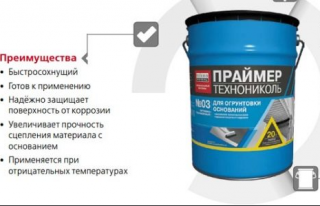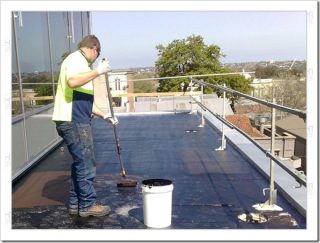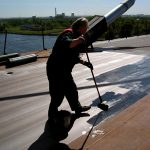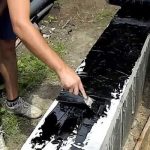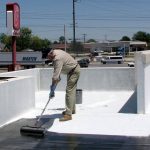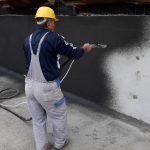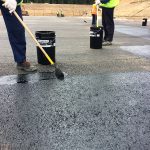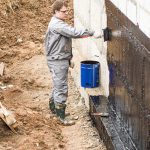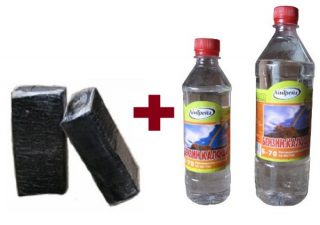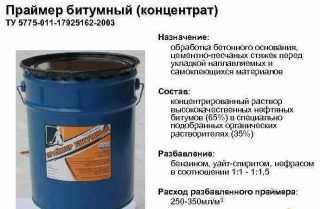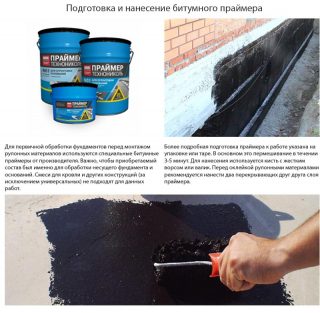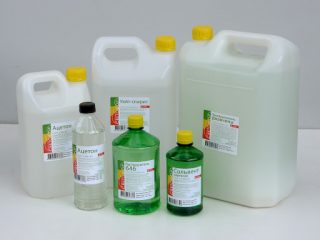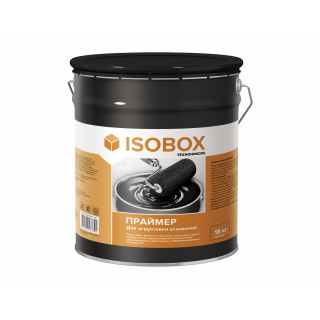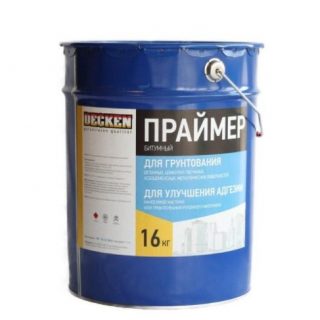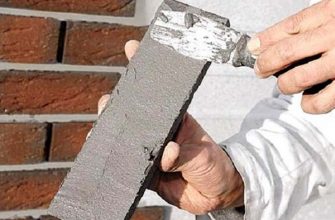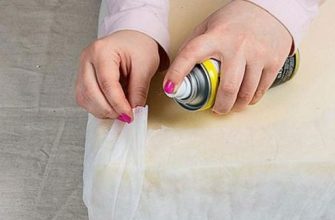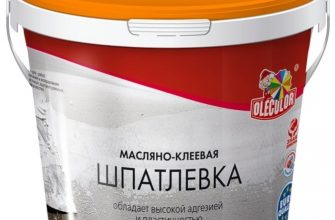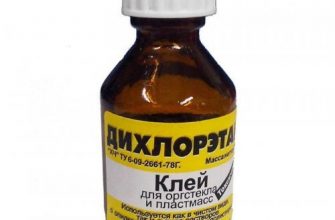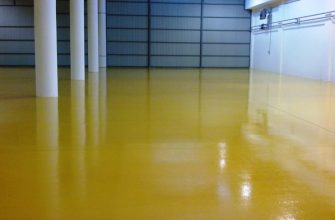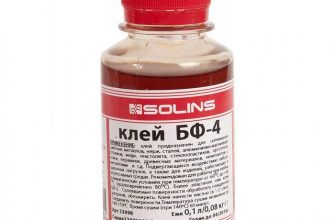Solutions with bitumen content are classified as reliable insulators that can withstand aggressive atmospheric factors. The product is used all year round, but at temperatures below -20 ° C it loses its quality. In preparation for work, the consumption of a bituminous primer is calculated so that the material is sufficient for processing the roofing surface and there is no excess volume left.
Material description
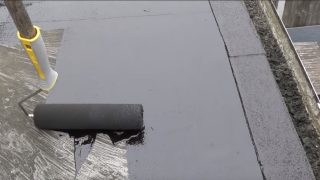
The primer is a bituminous primer, which is applied during the preparation of the plane before gluing the finishing coating. The primer should not be confused with a sealant or mastic, since the purpose of these materials is different. Bituminous primer is black homogeneous solution of petroleum bitumen in the form of an emulsion with additives.
Classification of compounds:
- by drying speed (liquid evaporation) - fast hardening, medium and slow hardening;
- by consistency - ready-to-use and concentrated, which are diluted before use;
- by application method - hot and cold;
- on the basis - bitumen-polymer, bitumen-emulsion, bituminous.
Bituminous the primer without polymer and emulsion additives contains only resin and organic thinners. It is suitable for all types of roofing and other works.
Emulsion the solution is distinguished by a low degree of ignition; it is used near sources of open fire.
Polymers in the primer, they play the role of quality characteristics stabilizers.
A layer of primer on the surface facilitates roof waterproofing work. Self-adhesive and weld-on coatings are better glued to the processed plane.
Structure
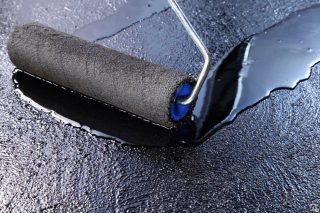
Primer - liquid bitumen, composite solution of resinous carbons, which are classified as organic. Particles of black saturated color are characterized by increased viscosity. High quality raw materials are used for production.
The composition includes Components:
- bitumen-oil emulsion;
- white spirit, kerosene, solvent or gasoline;
There are no other inclusions or inhomogeneous impurities; toxic substances, for example, toluene, are not used for manufacturing.
Petroleum bitumen melt at temperatures above 75 - 90 ° C, therefore, they are confidently used in areas with hot summers. Bitumen is a mixture of air-blown tar with the residue of viscous crude asphalt oil or heavy distillate.
Cold the compositions are obtained by softening bituminous raw materials in organic diluents. Such impregnations dry quickly and penetrate deeply into the base. Hot options involve steaming bitumen under temperature exposure.
Appointment
The action of the bituminous primer:
- priming improves adhesion material to the surface, while the dried solution is not sticky;
- solution penetrates up to 4 millimeters, fills the pores;
- the top layer of the treated surface is reinforced base for the subsequent laying of the finishing or intermediate layer;
- by 1 - 2% reduces glue costs for the future finishing layer;
- prolongs service life deposited coatings.
Bituminous primer is used for concrete, metal, wood, asbestos cement, porous blocks. It is used as an independent isolation from moisture or in combination with other materials.
- bases of flat (up to 12 °) roofs, roof slabs and floor slabs;
- waterproofing and priming of foundations for insulation;
- road construction;
- surface treatment of underground structures, bridge spans;
- outer walls of metal pipelines;
- concrete, reinforced concrete walls and floors of basements, basements.
The product effectively protects metal surfaces from rust.
Difference from mastic
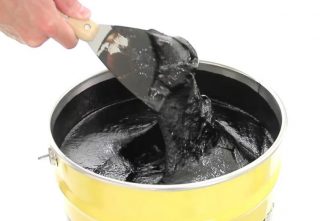
Bituminous primer is different from mastic properties, purpose of application and composition... Materials are intended for different jobs. The primer holds the top layer of the base together, protects against moisture, deterioration, and ensures effective adhesion. The mastic is used as a waterproofing layer and an adhesive layer for laying reinforcing mesh and finishing roofing.
The main differences are:
- mastics are distinguished by higher viscosity, fillers in the form of chalk, mineral chips, and other particles are included in the composition;
- the primer on the surface has practically no thickness, and the mastic is applied with a thickness of 0.5 mm to 2 cm, depending on the need.

Varieties of bituminous primers
Ready-to-use bituminous primers before work no need to breed. Concentrates are diluted with kerosene, gasoline, white spirit, solvent. It is not recommended to use acetone-based solvents (No. 647, 646, etc.). Concentrated formulations save money on transporting the product to the processing site.
By purpose of use there are three main types:
- universal application;
- for road works;
- for roof processing.
There are special varieties for different materials, the composition is selected taking into account the adhesion of the upper layers of the surfaces to be joined.
Roofing
When processing a roof made of reinforced concrete slabs, the surface of the elements is treated and the butt joints between the panels are impregnated. The subsequent layer of mastic is also placed in the seams, therefore, using a primer, they provide adhesion of materials in a hard-to-reach place.
Road
Road bitumen primer used for the purpose:
- ensure surface strength;
- to bind the crushed stone particles in the composition of the pillow;
- protect the base from moisture.

Universal
If the construction or finishing conditions do not require the use of a highly specialized composition, a universal version of a bituminous liquid is used. The primer is ideal for low pitched roofs, road construction and underground applications.
The composition will provide the required adhesion, create a waterproof film. The thickness of the coating, overlap or finish will remain at the calculated level, since the substance is mostly absorbed into the interior of the base.
DIY making
The process of making your own bituminous primer:
- prepare unleaded gasoline (1 kg);
- bitumen is melted in a container with a blowtorch or on a furnace until it turns into a liquid state;
- cool the melt to a temperature of + 80 ° C;
- molten resin is mixed into a container with gasoline in small portions (if you add it immediately, the gasoline will ignite);
- the resulting mixture is passed through a metal sieve.
Unleaded gasoline does not contain lead additives, which ensures its environmental friendliness. In Russia, only such types are sold at gas stations.
Terms of use
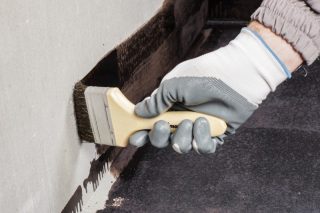
The soil is applied in any weather, limitation for use is surface moisture more than 15%. It is difficult to apply the solution on vertical walls and other planes, since it flows down.
Processing tips:
- After application, a plastic wrap is applied to vertical surfaces. The material sticks to the surface and holds the composition until it dries completely. Then the cover is removed.
- If the primer is used for gluing layers of material, wait for the first layer to dry for 4 - 5 hours, then apply a layer of glue.
To increase the adhesion of materials, they are rolled over the surface with a roller.
How to calculate the expense
Indicator depends on the type of impregnation and the porosity of the treated surface... Manufacturers indicate consumption data on the label.
Standard consumption on frequently insulated surfaces (per 1 square meter):
- metal - about 200 g of the product is spent on one layer;
- slate, asbestos cement, cement-sand plaster, concrete - 250 - 300 g;
- dense wood - 300 - 350 g;
- old roofing made of roll material - 500 g.

Preparation for use
Preparation of the composition for work:
- in frosty weather primer warm up in a room where the air temperature is not lower than + 15 ° С;
- before using I dilute the concentratet, ready-made solution mix throughout the volume;
- for thickened formulations use white spirit, solvent in a small amount.
After opening the container, the material can be used for some time.Information about this is on the packaging. Store it in a container with a tight lid at a temperature of +30 - + 50 ° C, away from fireplaces, stoves and heating units.
Application technology
Use fixtures:
- brushes with a long handle or brush;
- voluminous fur rollers with a nozzle.
The first method is to soak a brush or roller in a solution and roll it out on a plane. Otherwise, the solution is poured from the container onto the surface in small portions at some distance. After that, the tool is leveled with a tool until the entire area is completely covered.
The surface of the roof is impregnated with soil, where glass insulation or other roofing material will be laid. The primer is not applied to the fiberglass strips themselves.
Safety engineering
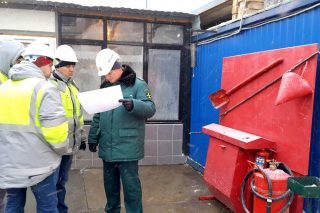
Bitumen is classified as a substance with an increased risk of fire. Materials that are laid by the deposited method (with a torch) begin to be mounted after the mortar has completely dried.
Safety regulations:
- fire extinguishers, shovels, hooks are placed at the facility so as to quickly respond to fire;
- for warming up, use serviceable fireboxes made of non-combustible materials;
- move bitumen in tightly closed containers at a distance of no more than 50 m;
- inside the premises, openings are opened by wearing a respirator and gloves.
No smoking on the jobsite. In case of contact with the skin, wipe off the mass with a rag, wash off with soap and water, in case of contact with eyes, rinse with plenty of water, call an ambulance.
How to remove a primer
On metal surfaces, special store-bought products are used to remove bitumen. The drugs are sold in bottles or in the form of sprays, they do not leave marks.
Bitumen primer manufacturers
The most popular manufacturers are Technonikol (ISOBOX) and DECKEN... The products are of high quality, the cost is reasonable.
- Bituminous primer ISOBOX - a specially selected composition with organic thinners is used for any type of surface, is universal.
- Bituminous primer DECKEN - sold in a ready-to-use form. The composition contains stabilizers to increase adhesion, moisture resistance.
The products have quality certificates. There are varieties for road construction only, others are recommended for outdoor use.

